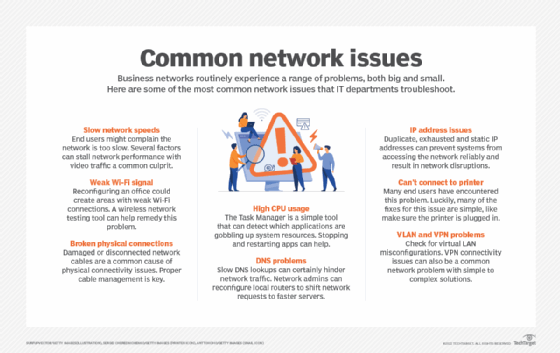Featured
Table of Contents
Common Issues · Cloudflare Zero Trust Docs

The Routing and Remote Access snap-in lives within the Microsoft Management Console, known as the MMC. There are multiple methods to access the MMC. You can select the console from the Start menu's Programs options, within the Administrative Tools folder within Windows server's Control Panel or by typing mmc at a command timely.
As Tech, Republic's Brandon Vigliarolo shows within his video at the start of this post, the Services console displays the status of the Routing and Remote Gain access to entry. From within the Solutions console and with the Routing and Remote Access entry highlighted, you can click Start the Service or right-click the entry and select Restart.
In some cases the VPN client and VPN server are set to utilizing various authentication approaches. Verify whether an authentication mistake is the problem by opening the server console. Another approach of accessing the MMC is to type Control+R to open a command prompt in which you can type mmc and struck Get in or click OK.
If the entry isn't present, click File, choose Add/Remove Snap-in, choose the Routing and Remote Gain access to option from the options and click Add, then OK. With the Routing and Remote Gain access to snap-in added, right-click on the VPN server and click Properties. Review the Security tab to confirm the authentication technique.
5 Common Vpn Issues And Solutions To Fixing Them
Make sure the VPN customer is set to the authentication method specified within the Security tab. Typically the items simply reviewed are accountable for the majority of VPN connection rejection errors.
Each Web-based VPN connection normally utilizes two various IP addresses for the VPN client computer. This is the IP address that's utilized to develop the initial TCP/IP connection to the VPN server over the Internet.

This IP address usually possesses the exact same subnet as the local network and hence allows the client to interact with the local network. When you established the VPN server, you should set up a DHCP server to assign addresses to customers, or you can create a bank of IP addresses to appoint to clients directly from the VPN server.


If this option is picked and the effective remote gain access to policy is set to allow remote access, the user will have the ability to connect to the VPN. I have been unable to re-create the circumstance personally, I have heard reports that a bug exists in older Windows servers that can trigger the connection to be accepted even if the efficient remote access policy is set to deny a user's connection.
Windows 11, 10 The Attempted Vpn Tunnels Failed

Another typical VPN issue is that a connection is effectively established however the remote user is not able to access the network beyond the VPN server. Without a doubt, the most typical reason for this problem is that consent hasn't been granted for the user to access the entire network. To enable a user to access the whole network, go to the Routing and Remote Gain access to console and right-click on the VPN server that's having the problem.
At the top of the IP tab is an Enable IP Routing check box. If this check box is made it possible for, VPN users will have the ability to access the rest of the network, assuming network firewall softwares and security-as-a-service settings permit. If the checkbox is not selected, these users will be able to gain access to only the VPN server, however nothing beyond.
If a user is calling directly into the VPN server, it's usually best to set up a static route between the customer and the server. You can configure a fixed path by going to the Dial In tab of the user's properties sheet in Active Directory site Users and Computers and picking the Apply A Static Path check box.
Click the Add Path button and after that go into the destination IP address and network mask in the area provided. The metric need to be left at 1. If you're using a DHCP server to designate IP addresses to clients, there are a couple of other problems that could trigger users not to be able to go beyond the VPN server.
Fix Vpn Not Working Problems And Issues In Windows 11/10
If the DHCP server designates the user an IP address that is already in usage somewhere else on the network, Windows will find the dispute and prevent the user from accessing the rest of the network. Another common problem is the user not getting an address at all. The majority of the time, if the DHCP server can't appoint the user an IP address, the connection will not make it this far.
254.x. x variety. If the client is assigned an address in a range that's not present within the system's routing tables, the user will be unable to browse the network beyond the VPN server. Other problems can add to this issue, too. Guarantee the resources the user is attempting to gain access to are really on the network to which the user is connecting.
A VPN connection to the other subnet might, in fact, be required. A firewall program or security as a service solution might likewise be to blame, so do not forget to review those services' settings, if such elements are present between the VPN server and the resources the user seeks to reach.
The very first possibility is that one or more of the routers involved is carrying out IP package filtering. I suggest inspecting the customer, the server and any machines in between for IP packet filters.
Latest Posts
The Best Vpns For Small And Home-based Businesses
The Best Vpns To Protect Yourself Online
The Best Vpn App For Mobile Devices In 2023